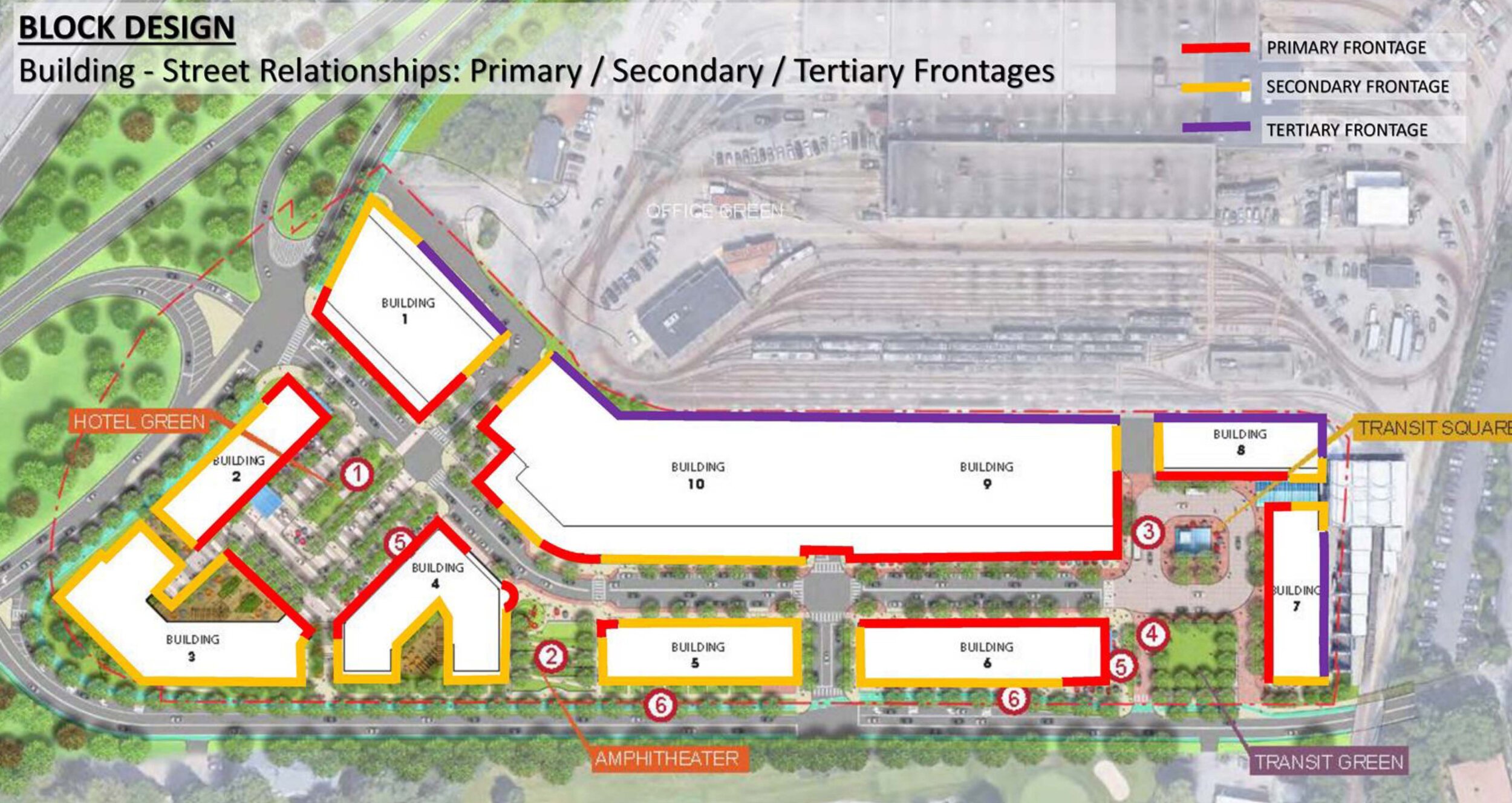Updating a Local Retail Icon; The Barn Family Shoe Store Gets New Digs
/New Neighborhood / New Look / Same Great Family Business
By John Rufo
Do you know someone who grew up in Newton? Or maybe Waltham or Watertown or Brighton? If you ask them, they probably have a story about The Barn Family Shoe Store, known to all as simply, The Barn. That’s where you went to get your shoes. It was big, it was homey and no frills, and in recent decades, as shoe retailing became dominated by stores like DSW, The Barn was a place to go and get advice from people who really knew shoes, welcomed families, and were glad to see you. If you valued your feet and the shoes you wore, it was a must visit kind of place.
The Barn in it’s original location
The Barn (up until recently) occupied a campus of sorts, spread between two sprawling buildings set back from Washington Street in West Newton. When Form + Place was engaged in 2018 by The Barn to test fit and program a potential space at a new development in Newtonville, the shoe retailer could conservatively hold up to 45,000 pairs of shoes with room to spare in the existing warehouse style buildings. The salesfloor, while quaint and unpretentious, was badly in need of a makeover to catch up with current retailing trends and to provide the kind of shopping environment that customers, especially new customers, look for and expect.
Inside the original Barn Family Shoe Store
In test fitting The Barn’s operation for a new location, there were two main design problems to solve. First, how to maximize inventory in the new space, and second, how to make it new while keeping it The Barn. The store was also going through a generational change in family ownership. The opportunity, therefore, to evolve the brand through contemporary interior design was identified as a critical aspect of this transition.
A variety of stock areas in the old West Newton location
Starting with the back of house, existing stock areas of the old facility, with under-utilized space and outdated stock aisles, would need to make way for a more efficient use of space in the smaller future footprint, while at the same time meeting new building codes and accessibility imperatives.
Sales floor stock, storage and display fixtures in the new store at Trio Newton
With a smaller footprint for both salesfloor and stockroom areas, making use of the high ceilings in the new space at Trio Newton was critical in maximizing instore inventory. The design called for wall-mounted storage and display fixtures at all perimeter walls, with moveable ladders to access high storage fixtures, slatwall for out-of-box displays, and adjustable low shelves for flexible box storage.
Salesfloor aisles defined with moveable display fixtures, contemporary materials and lighting
The overall experience of the new store is warm, calming, and spacious. The simplified interiors and up-to-date moveable display and stock fixtures give the space a transformable and flexible advantage as well as the opportunity to evolve as shoe retailing continues to change. The materials palette is understated, warm and on-brand, emphasizing the color palette historically part of The Barn’s DNA.
Design for cash wrap (left) and the cash wrap in use on Opening Day of The Barn’s new location
The cash wrap, designed to accommodate 3 P.O.S. stations, and individuals with physical challenges, synthesizes the look and feel of the space. Integrating materials that reflect the retailer’s past, while looking forward to the future, the cash wrap is central to the customer experience, and serves as the hub of activity for employees.
Perhaps the greatest change for The Barn is its new location at Trio Newton, developed by Mark Development and built by Erland Construction in the heart of Newtonville. Large windows allow natural light to flood the new space and provide great curb appeal and views into the store interiors for passing pedestrians. Views to Newtonville’s picturesque sidewalks and Trio’s outdoor courtyard with nearby café seating will be a new experience for customers of The Barn.
The Barn officially opened it’s doors with a ribbon cutting on October 19th. Learn more about their story with this Q&A with Joe Carrigan.





































